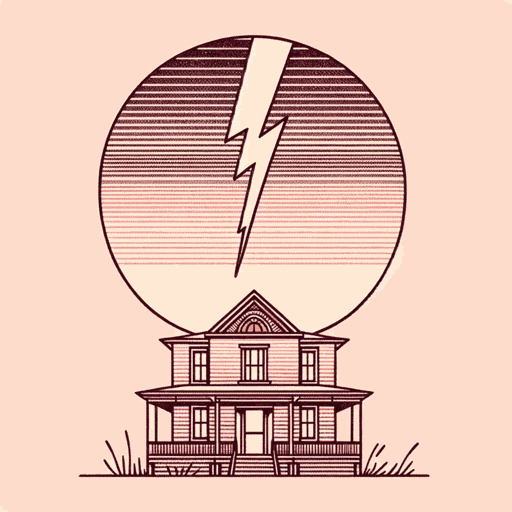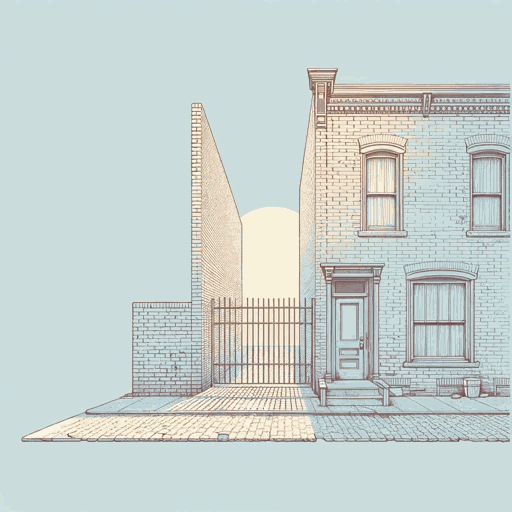39 pages • 1 hour read
Gloria NaylorLinden Hills
Fiction | Novel | Adult | Published in 1985A modern alternative to SparkNotes and CliffsNotes, SuperSummary offers high-quality Study Guides with detailed chapter summaries and analysis of major themes, characters, and more.
Symbols & Motifs
Linden Hills and Tupelo Drive
In the novel, the Linden Hills neighborhood represents both “making it” in society—obtaining status, wealth, and success—and descending into a hell-like place (15). Naylor argues that to obtain these things, it is necessary to behave violently and cruelly to those around you, or to become a shell of your former self. Tupelo Drive—as the very last drive in the neighborhood and the road that the Nedeeds live on—symbolizes the very pinnacle of success and also the very center of hell. The Linden Hills neighborhood also represents hierarchical systems and the superiority and exclusivity such systems engender; Linden Hills is separated from Wayne Avenue by a banister, which clearly demarks it from the wider neighborhood.
“Up Means Down”
During a conversation with Ruth, Norman, and Willie, Lester says that “up means down in the Hills. Ain’t that a bust? Down toward Tupelo Drive. They’re scraping and clawing to move closer to that weirdo, Nedeed, and his damn funeral parlor” (39). Lester is describing how progressing up the ranks of Linden Hills also means descending the hill toward the “damn funeral parlor” that sits beside Nedeed’s house. This phrase is also highly symbolic as it alludes to Dante’s Inferno; the neighborhood’s drives mirror the concentric circles of hell, and the very center of hell is home to the devil (Nedeed) and to death (the funeral parlor).
Related Titles
By Gloria Naylor




